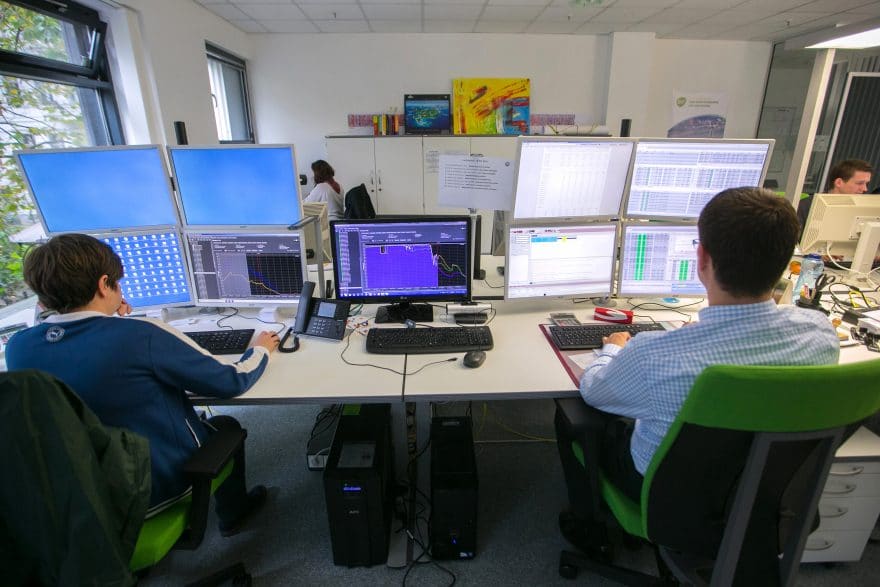Interactive Brokers LLC (NASDAQ:IBKR), a global electronic multi-asset broker and market-maker listed on Nasdaq, has just disclosed its consolidated trading volumes for the month ending February 2018, which showed healthy results across both monthly and yearly intervals.
During February 2018, the number of DARTs were reported at 1,020,000, a rise of 13.0 percent month-over-month from 903,000 in January 2018. Over a year-on-year basis, Interactive Brokers saw a more upbeat performance in its DARTs with February’s figure jumping approximately 50 percent relative to 678,000 reported back in February 2017.
In terms of equity balance in customers’ accounts during February 2018, the figure totaled $130.5 billion, an increase of 40.0 percent year-on-year from $93 billion. However, Interactive Brokers failed to best its January 2018 equivalent, having notched a fall of 3.0 percent from $133.9 billion in the prior month.
Interactive Brokers’ ending client margin loan balances came in at $28.0 billion in February 2018, or 7.0 percent lower month-on-month from a record $30.1 billion in January 2018. Across a yearly interval, the figure moved higher by 44.0 percent when weighed against $19.5 billion in February 2017.
Business highlights, according to the company’s press release, also showed that a total of 508,000 customer accounts were active at IB during February 2018. The figure was higher by 2.0 percent month-on-month when compared to January 2018 (497,500 accounts), and 28.0 percent higher from 398,000 accounts a year ago.
On average, in February 2018 Interactive Brokers charged clients commission fees of $4.05 per order, including exchange, clearing and regulatory fees, with the key products metrics coming out at $2.50 for stocks, $6.14 for equity options and $5.92 for futures orders.
Earlier in January, Interactive Brokers said knocked about $84 million off its profits for the end of 2017, which were largely related to its tax-deferred assets, which now must be recalibrated to reflect the lower corporate rate.





Be First to Comment